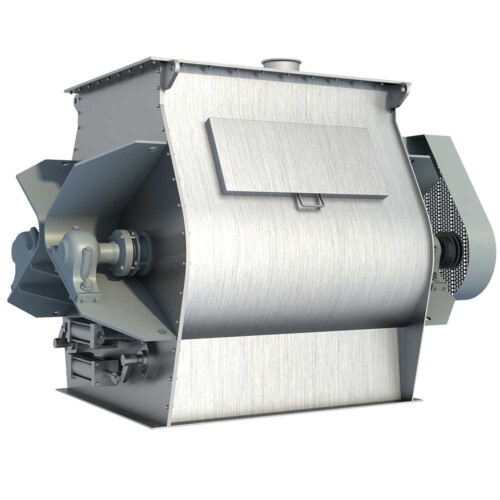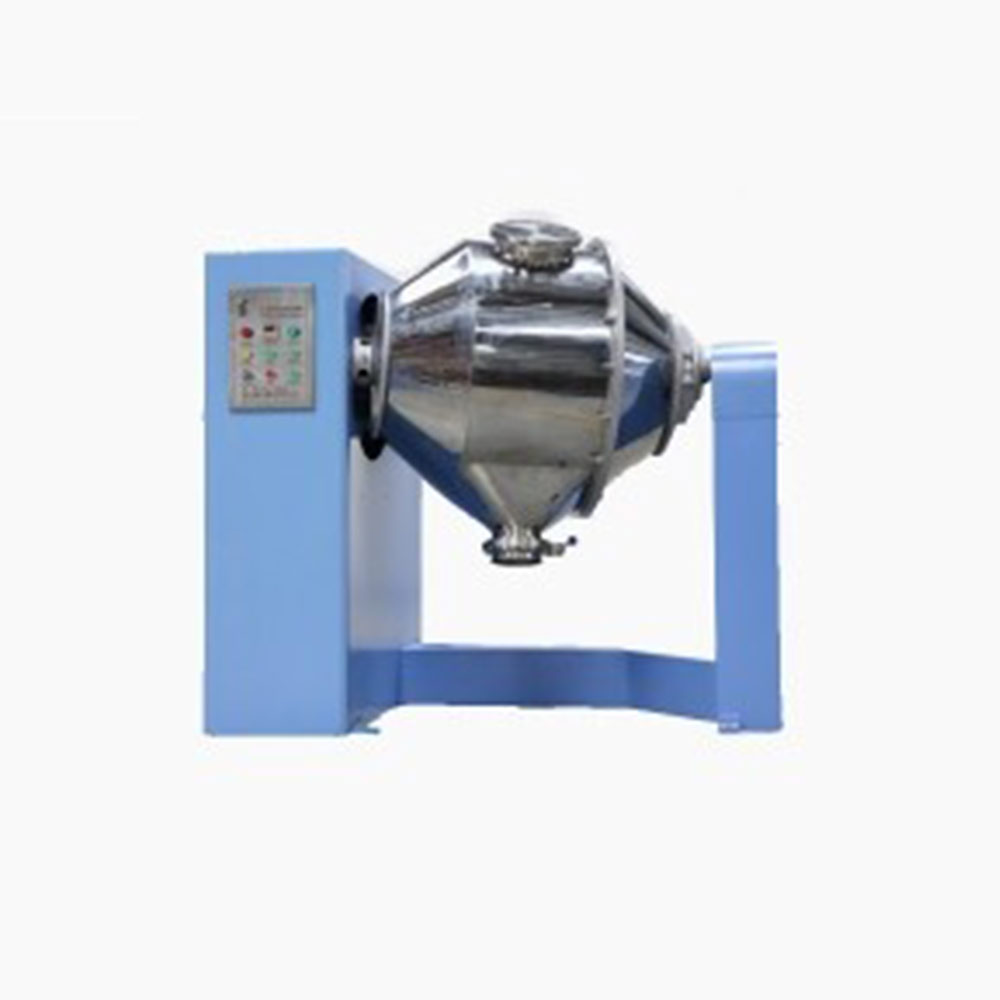Ask An Expert
Frequently Asked Questions
Yes, We can supply simple stand alone panels or automated PLC controlled systems. We normally install and test all controls on our mixers before they are shipped.
Yes, we normally test the mixers before they are shipped and mark out the wire need to connect on the control box.
We manufacture specialty mixing equipment for powder & bulk materials. Included are ribbon blender, plough mixer, conical screw mixer, twin shaft paddle mixer, V blender, double cone blender and other auxiliary equipment such as screw conveyor, quantitive auger filler.
We sell across the world, our cusotmers distribute 5 continents.
Share Us With Your Network
Batteries and Electronics Mixing Application
Our Mixers and Blenders are associated with a wide range of dry and wet applications in the battery and electronics industries.
A few examples and typical products include:
• Aluminum Oxide-Filled Silicone Gels – conductive thermal interface material for use in high-speed computer processor applications.
• Battery Pastes and Slurries – Homogenous dispersion of the active material into the binder solution is critical for consistent battery performance. Presence of agglomerates also gives rise to problems encountered in downstream equipment such as coating machines. Typical applications include sodium hydroxide and potassium hydroxide battery pastes, nickel metal hydride battery paste, lithium cobalt oxide battery cathode paste,carbon black battery paste and lithium ion cells.
• Conductive Inks – can be a blend of finely ground carbon black into high molecular weight resin. The more viscous solutions are not easily turned over by single shaft high-speed dispersers. For these cases, the PowerMix (Planetary Disperser) yields better color development, greater particle size reduction and shorter addition and mixing times.
• Copper Pastes – used in screen-printing processes as part of multi-layered microchip production. Vacuum mixing is of benefit for this application as air in the product can cause defects in screened wires.
• Encapsulation Materials – Protective materials used to isolate circuits from moisture and other harmful contaminants, provide electrical insulation for high voltages and also protect the circuit from thermal and mechanical stresses.Encapsulants are typically applied in thick layers–exceeding 125 mils. When the two-part liquid components are thoroughly mixed, the mixture cures to a flexible elastomer either at room temperature or with the application of heat.
• Epoxy Insulators – when prepared in single shaft mixers, heating of powder ingredients is necessary and solids are slowly added to the top of liquid epoxy resin and hardeners. The PowerMix and Double Planetary Mixer are recommended for this application. Heating of raw materials can then be eliminated since these mixers can tolerate the viscosity. Vacuum mixing will reduce air entrapment in the end product. This is important because air voids can cause the insulator assembly to rupture.
• Ferrite Compounds – Our Double Planetary Mixers with HV Blades are excellent equipment for manufacturers of battery, capacitors and power storage products utilizing Carbon Black Slurry and Ferrite in Binder technologies.
• Ferrite in Propylene – in the manufacture of components for capacitors, ferrite powders are mixed into wax, copolymer and polypropylene binder. Downstream, the cooled mixture is broken up to smaller pieces for injection molding. Former users of Sigma Blade Mixers and Two-Roll Mills have successfully transitioned to Double Planetary Mixers and Discharge Systems and improved their over-all production.
• Fuel Cell Powders – an example is a lithium cake mixture, which functions as a porous, insulating, and chemically inert ceramic matrix inside the fuel cell. The cake is thoroughly blended using a Ribbon Blender with little heat introduction.
• Solder Pastes – fusible metal alloys, melted at relatively low temperatures (120-450°C) to join metallic surfaces. The solder particles are frequently a mix of tin and lead, though newer legislation is forcing a move to lead-free solder. Proper dispersion of solder particles throughout the liquid vehicle is key to achieving the required physicochemical characteristics. Basic single planetary mixers, sigma-blade tilt-type units and pony mixers have been used to make solder pastes. However, the level of success achieved by such types of equipment is often compromised by the lack of vacuum capability, temperature control and/or shear power.
• Thick Film Inks – dispersion of very small particles of inorganic powders in a viscous liquid vehicle. The type of powder used determines the nature of the thick film ink; metals for conductors, metal oxides for resistors and dielectric glasses for insulating coatings. Effective mixing and dispersion of these electronic links is the key to successful production of advanced multilayer hybrid microelectronics.
• Tungsten Carbide Powders – The Double Planetary Mixer is extremely successful in blending a slurry of these extremely dense materials, then vacuum drying the batch to form a light, fluffy powder.
Ask An Expert


















